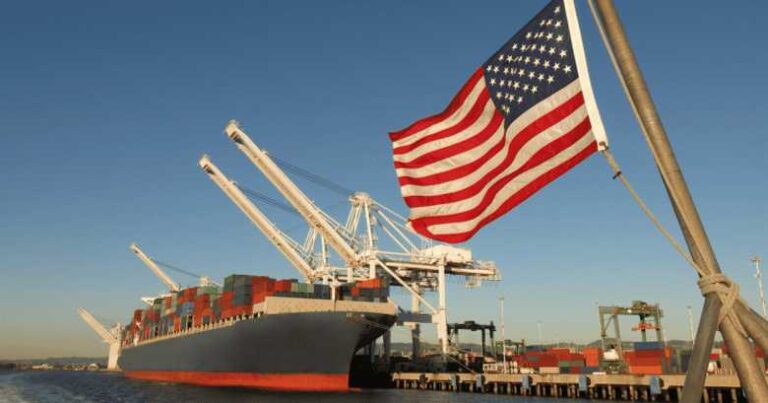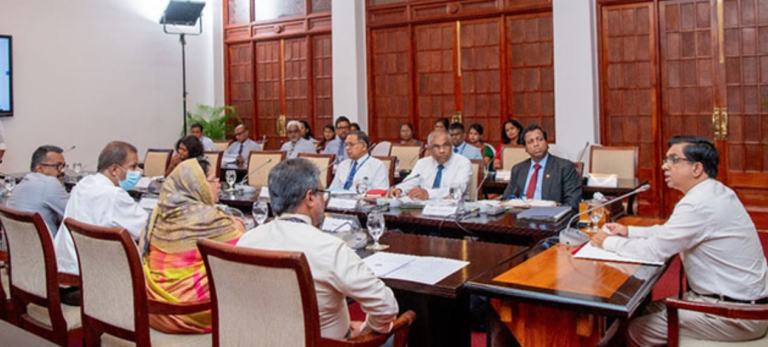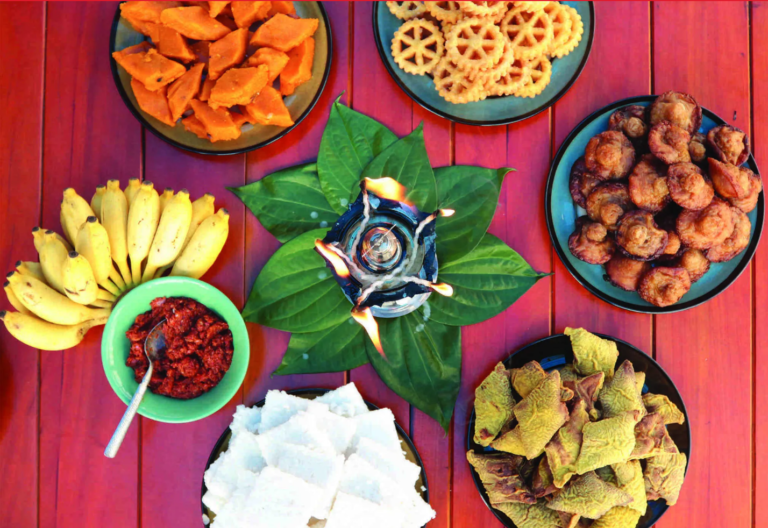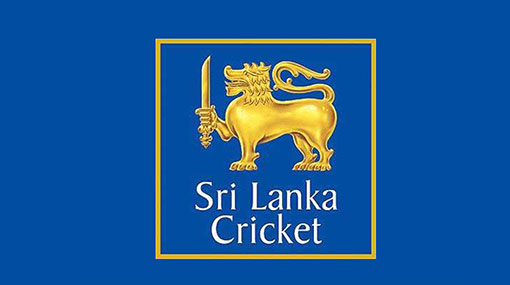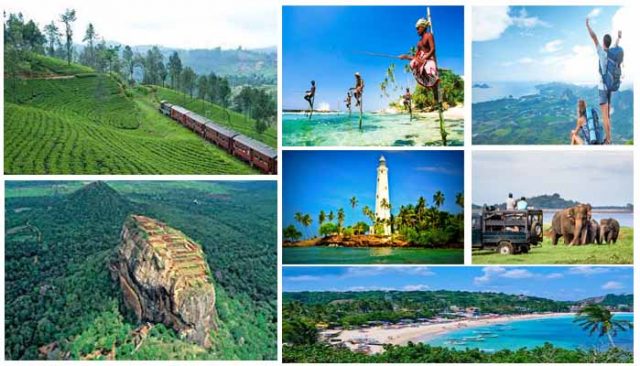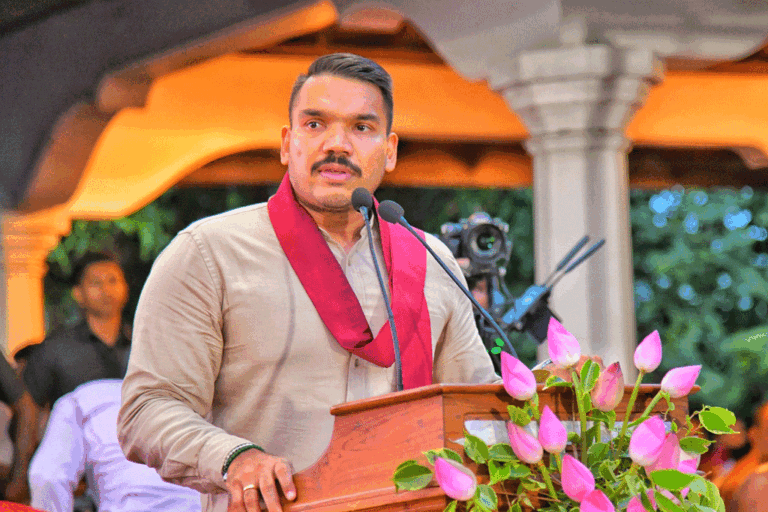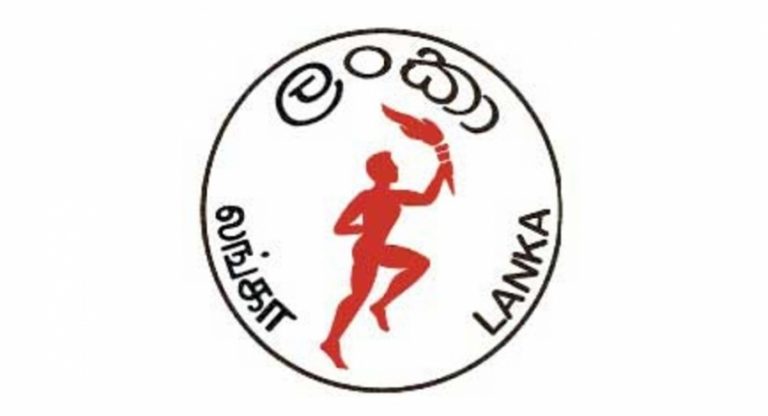In response to the United States’ recent announcement of a 44% reciprocal tariff on Sri Lankan exports, the Sri Lankan government confirmed that Washington has officially requested proposals to address its trade deficit with Sri Lanka. This move has prompted swift diplomatic and economic actions between the two nations.
At a press briefing, Economic Development Deputy Minister Prof. Anil Jayantha Fernando and Finance and Planning Deputy Minister Dr. Harshana Suriyapperuma outlined the government’s efforts to tackle the situation. Both emphasized that a strategy is quickly taking shape to manage the challenge effectively.
Prof. Fernando explained that the US has communicated its expectations for concrete proposals to narrow the existing trade gap, which currently favors Sri Lanka. “We are examining various strategies, including revising our tariff structures. A dedicated committee has been formed and is working diligently to prepare proposals,” he added. The government assured that updates on the progress would be shared transparently as they unfold.
The 44% tariff is being imposed primarily due to the 88% import tariffs that Sri Lanka has placed on US goods. Despite the tariff, Sri Lanka remains a significant trading partner for the US, with the country accounting for 27% (around $3 billion) of Sri Lanka’s total manufactured exports, which amounted to $12.8 billion in 2024. Apparel and textiles alone represent 64% of these exports.
Although the tariff is set to take effect tomorrow (April 9), Sri Lanka is not part of the “Dirty 15” list of countries facing even harsher tariffs, leaving room for potential diplomatic negotiation, according to officials. “This is a national issue, and we are using every diplomatic, policy, and commercial channel available to ensure Sri Lanka is not unfairly impacted, and our economic recovery remains on course,” Prof. Fernando stated.
Dr. Suriyapperuma highlighted that preliminary discussions had already taken place with the US regional delegation prior to the official tariff announcement. “While we do have a trade deficit with the US, its value is not as large compared to other countries. This context was acknowledged during our initial talks,” he noted.
In response to the announcement, a high-level virtual meeting was held between Sri Lankan officials and senior US representatives. The meeting, which lasted nearly an hour, allowed Sri Lanka to present its ongoing economic recovery efforts under the International Monetary Fund (IMF) Extended Fund Facility (EFF), as well as its commitment to structural reforms and revenue growth.
Dr. Suriyapperuma clarified that Sri Lanka would only face the 44% tariff, and not an additional 10% baseline duty as had been initially feared. He also emphasized that the situation remains fluid, with further discussions scheduled and Sri Lanka awaiting confirmation of a proposed meeting date with Washington.

